Kashmir, often called Paradise on Earth, transforms into a white wonderland during the winter months. With snow-draped valleys, frozen rivers, pine-covered mountains, and charming houseboats on partially frozen Dal Lake, the valley is at its most magical when winter sets in. For travelers planning a trip, the main question is – how to reach Kashmir in winter when heavy snow and road closures often pose challenges. Whether you are planning adventurous Kashmir Tours or a relaxing snowy retreat, it’s important to understand the winter travel routes, conditions, and the safest ways to get here.
This guide provides in-depth details on winter travel in Kashmir, covering modes of transportation, route closures, safety measures, and recommended best routes to ensure you have a smooth journey.
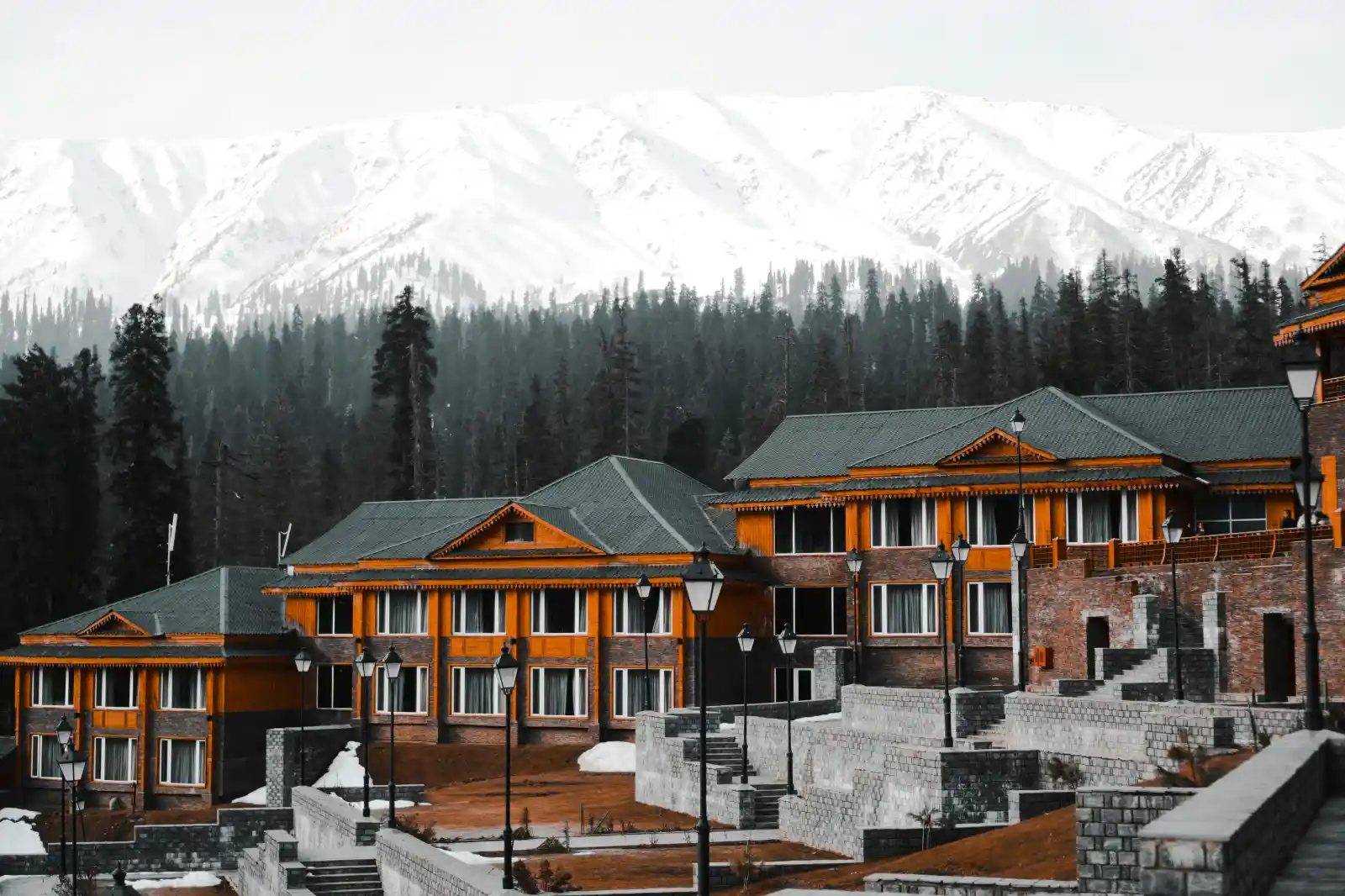
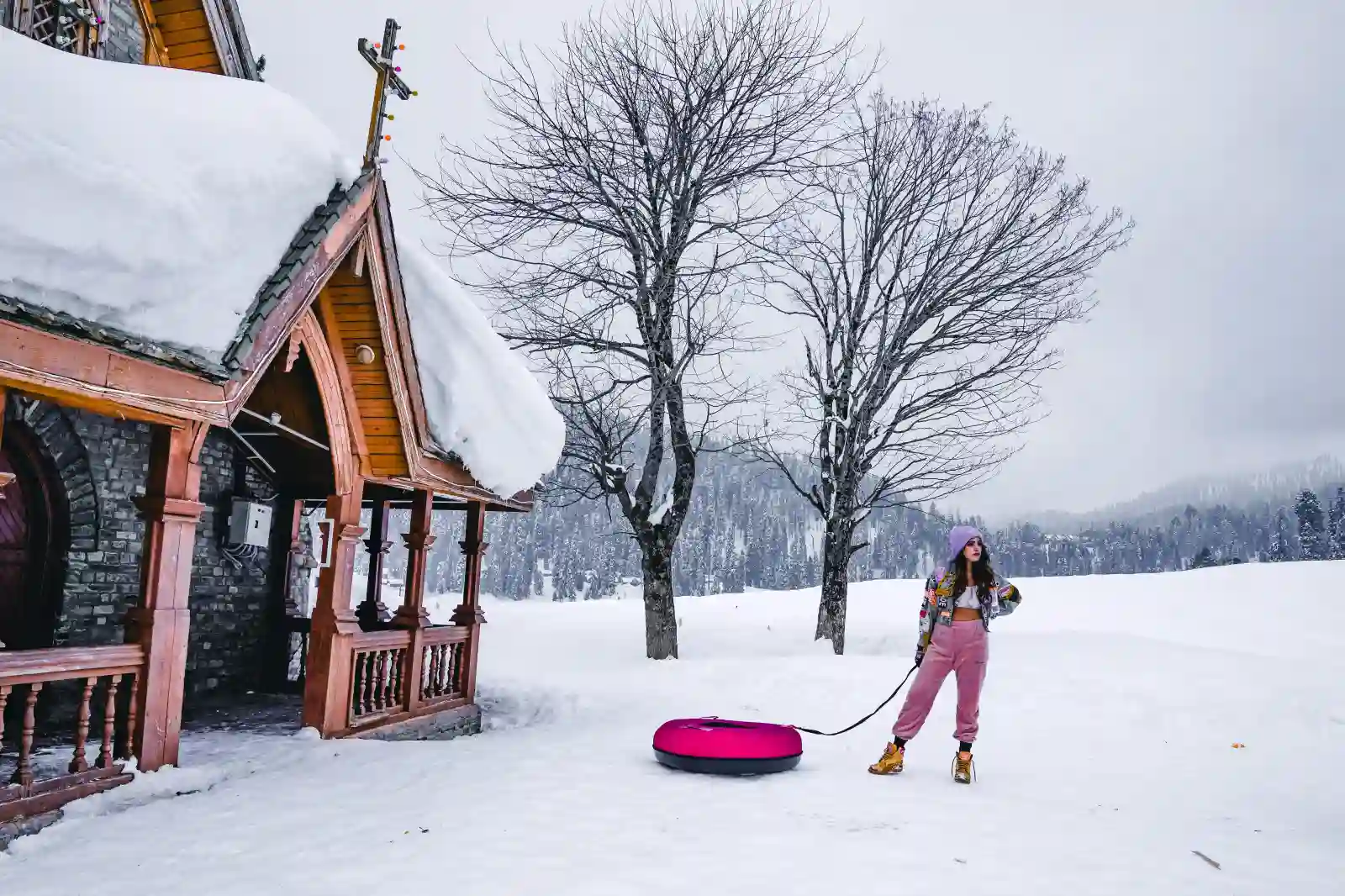
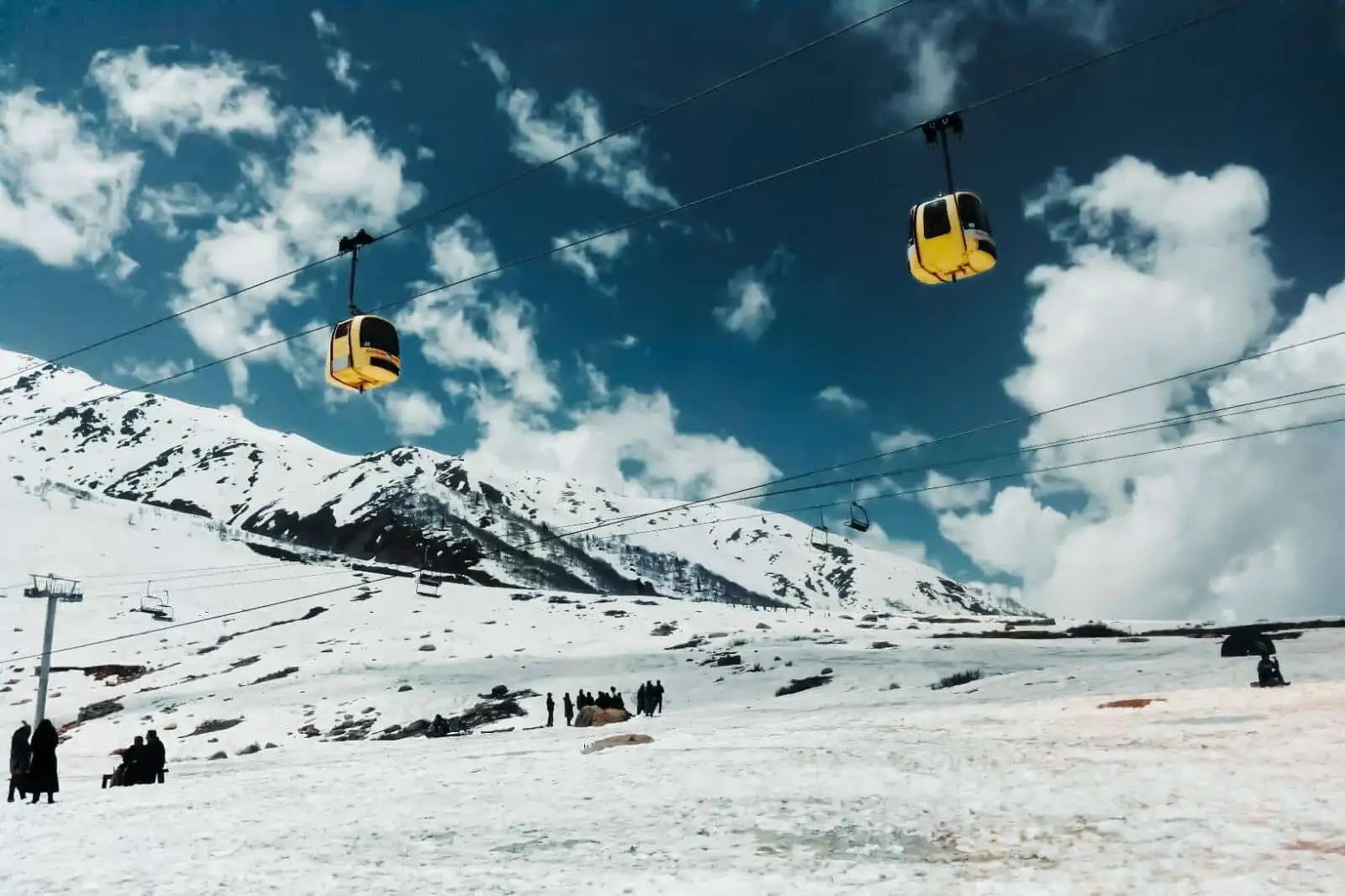
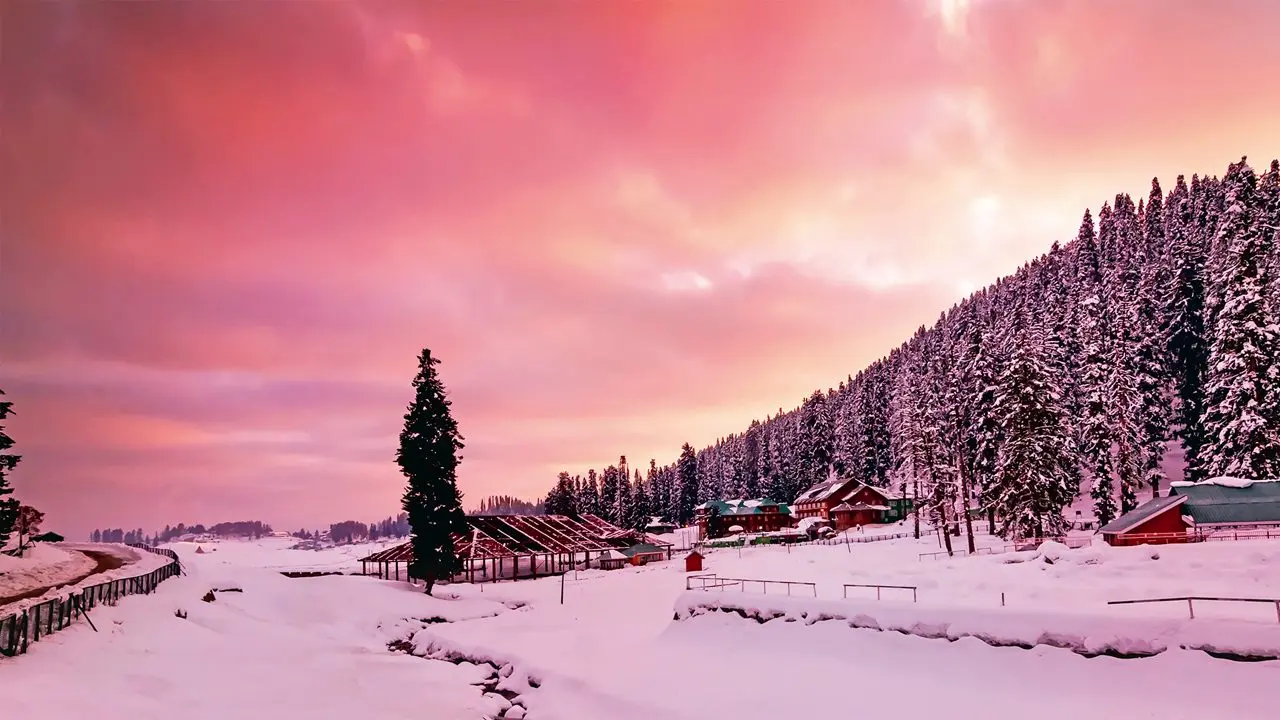
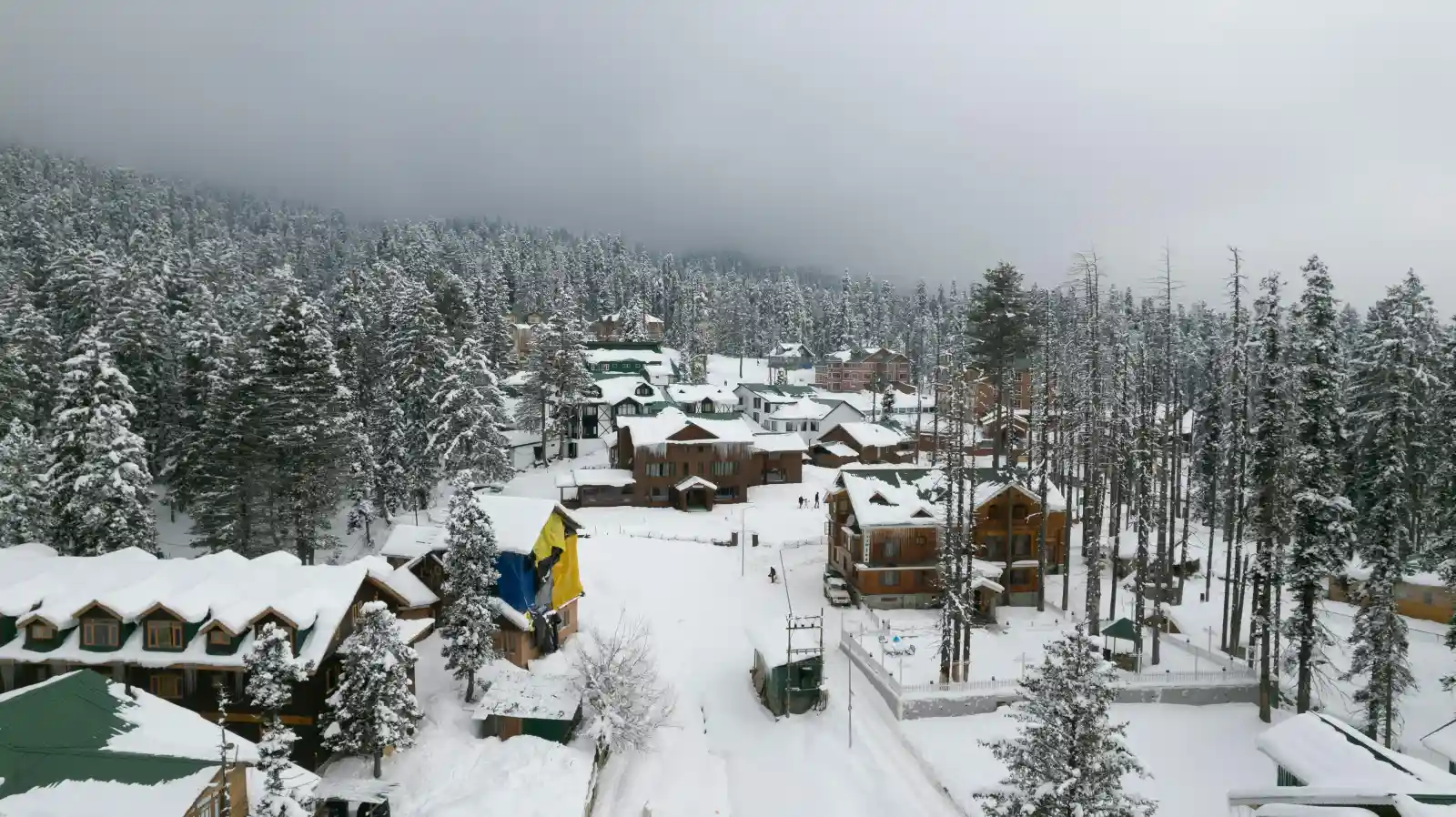
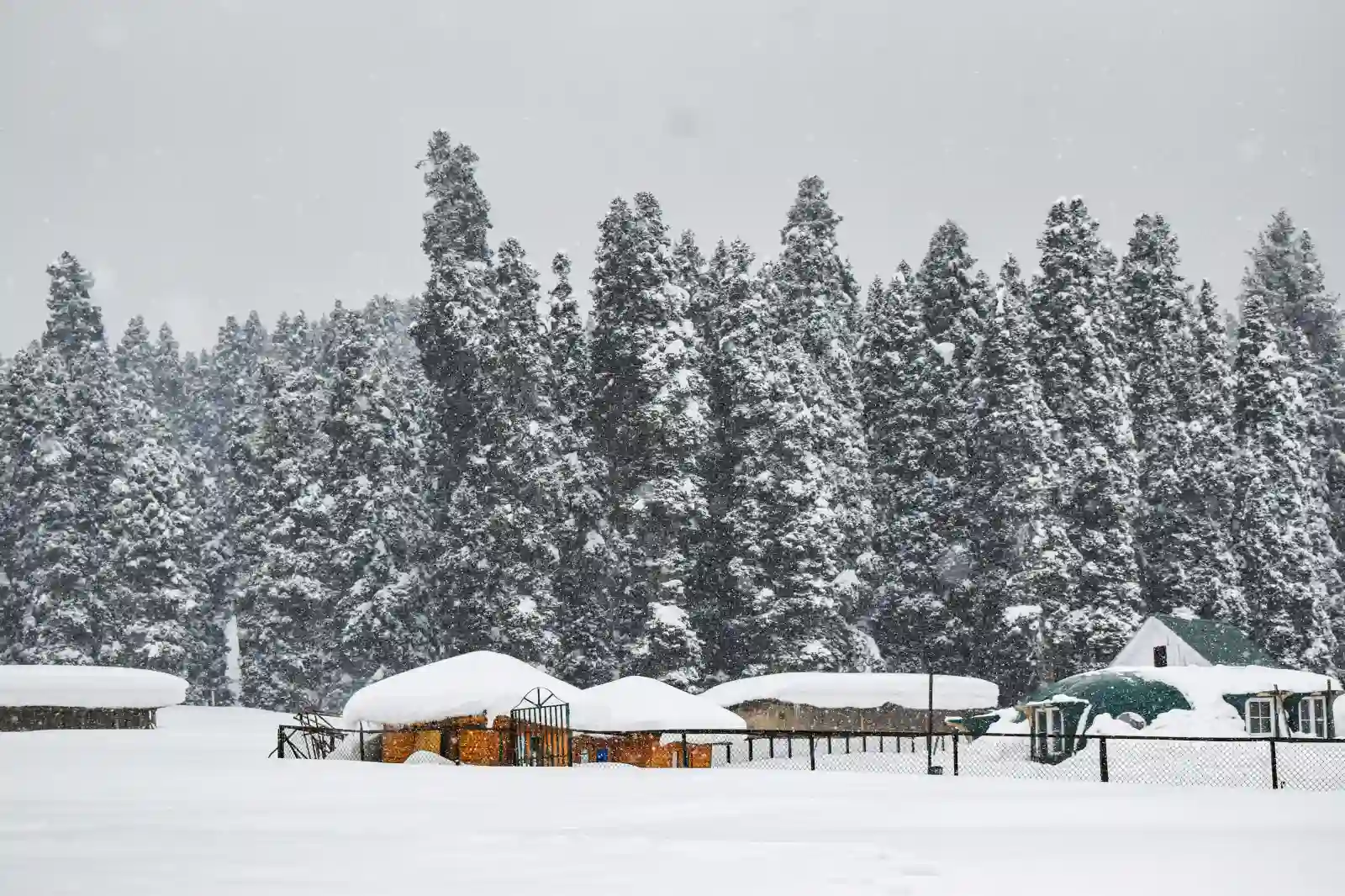
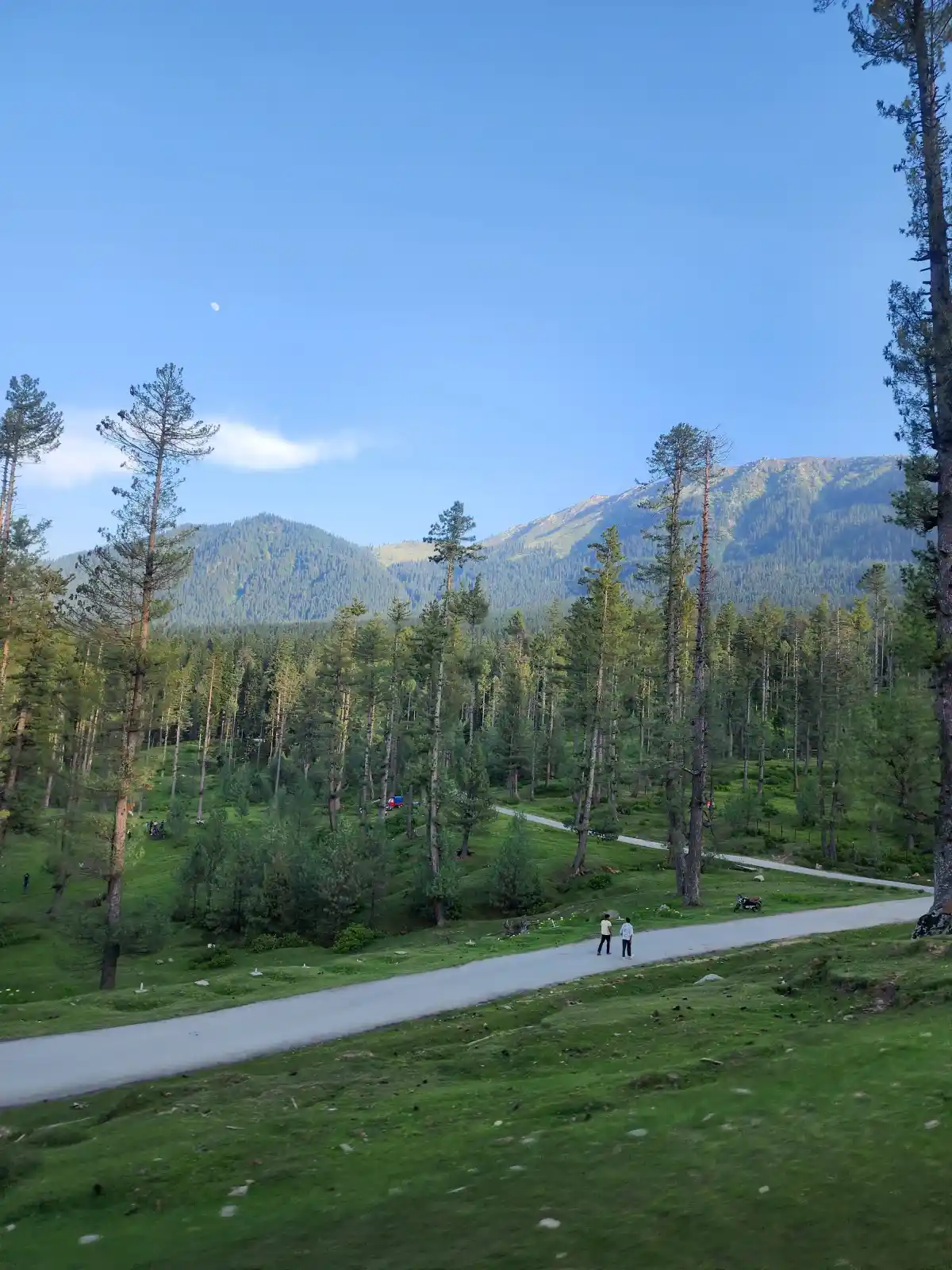

The winter season in Kashmir usually begins in December and lasts until February, sometimes extending into March in higher-altitude regions such as Sonamarg, Gulmarg, and Gurez.
In the valley (Srinagar and surrounding areas), the average temperature ranges from –2°C to 10°C.
In higher-altitude destinations like Gulmarg and mountain passes, temperatures dip further, often staying below freezing.
Because of these conditions, winter travel requires preparation, flexibility, and real-time updates before departure.
Despite the cold and snow, multiple travel routes connect Kashmir to the rest of India. Srinagar is the hub of entry, and from there, you can move towards other tourist hotspots like Gulmarg, Pahalgam, and Sonamarg.
Let’s break down each option with winter-specific details:
The Sheikh ul-Alam International Airport (Srinagar Airport) is the most reliable way to reach Kashmir during winter.
The NH-44 (Jammu–Srinagar Highway) is the lifeline connecting the Kashmir Valley to the rest of India.
While the Jammu–Srinagar highway is the main road link, several alternative roads connect Kashmir with other regions.
These alternative routes are not recommended for regular winter travelers, as closures are common and unpredictable.
The nearest major railway station is Jammu Tawi, about 270 km from Srinagar.
Travelers should be aware of major route closures that regularly occur in winter:
Because of these closures, travelers should avoid depending on alternate roads and stick to flights or the Jammu–Srinagar highway when possible.








Preparing for winter travel is as important as choosing the route. Here are the essentials:
If you’re traveling during the peak snowy season, here are the best and most reliable routes:
Given the unpredictability of road routes, flights remain the most practical choice for winter travelers. Even with the occasional cancellation, they save significant travel time and risk compared to blocked highways.
Traveling to Kashmir in winter is not just about reaching safely; it’s also about preparing for the unique experiences:
For those planning a complete snow adventure, booking Kashmir Winter Travel Packages ensures a hassle-free experience with guided transfers, accommodation, and local expertise.
Reaching Kashmir in winter requires planning, flexibility, and awareness of the local conditions. While flights to Srinagar are the most dependable, the Jammu–Srinagar highway remains an adventurous but sometimes challenging road option. Mountain passes like Zojila and Razdan are closed in winter, making alternate routes unreliable.
Yet, the effort of reaching Kashmir in this season is richly rewarded. The breathtaking white landscapes, winter sports, frozen lakes, and cultural warmth of the Kashmiri people make it worth every challenge. If you’re dreaming of experiencing Kashmir at its snowy best, choose wisely, prepare thoroughly, and enjoy an unforgettable winter journey.